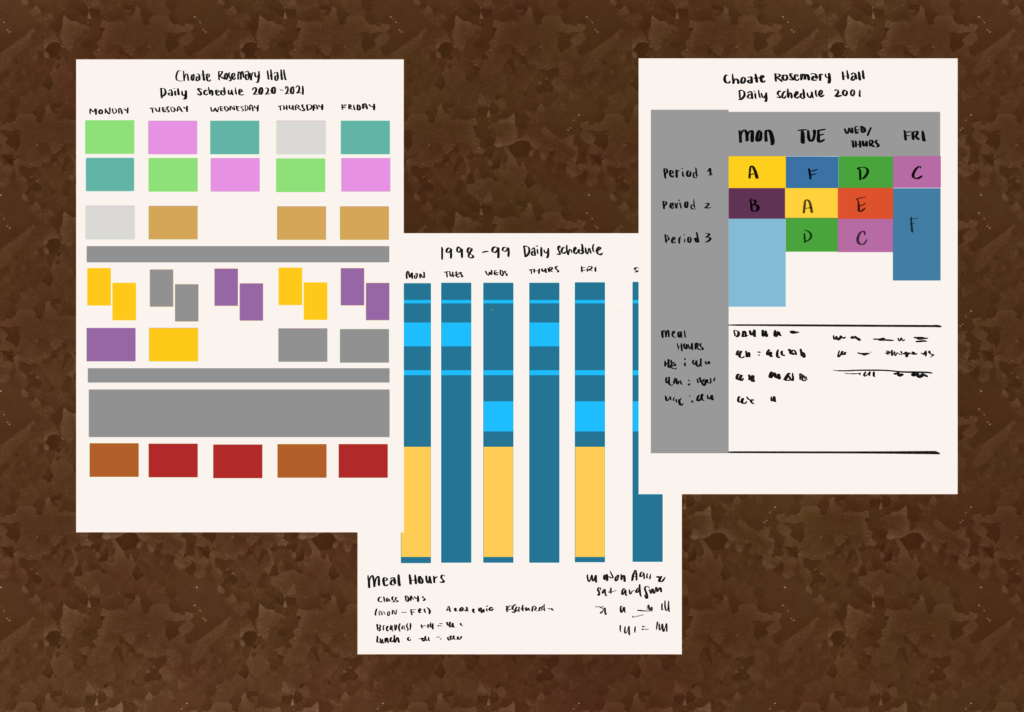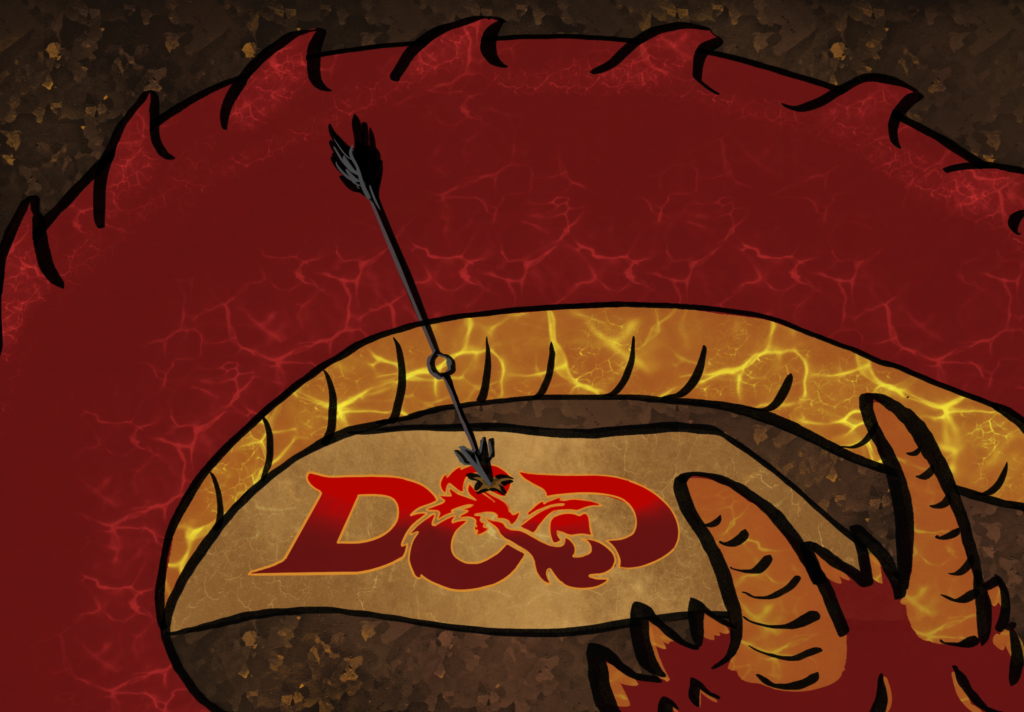Most clubs sponsor events such as fundraisers, day trips, movie showings, and SAC dances. But where does all the money clubs use come from? And where does all the money students spend go?
Because these events typically involve food, transportation, and equipment, clubs can submit funding proposals to the Student Activities Center (SAC). In order to be eligible to apply for funding, clubs must have a mission statement, a current roster, and a faculty adviser.
“The goal is to spend the money in a way that has long term benefit for the school, not just the individual members of a club,” explained Mr. James Yanelli, the Director of Student Activities.
For example, SAC funds cannot be used to buy T-shirts or other items that only benefit individual club members. Mr. Yanelli reviews all the club funding proposals with Ms. Alex Long, the Assistant Director of Student Activities. “Before approving a proposal, we try to determine the feasibility and appropriateness of the idea,” Mr. Yanelli added.
The Students Against Climate Change (SACC) club sponsors the Local Foods Dinner every year. The 2016 event will be held next Friday, October 14 in Ruutz-Rees Commons. Students who wish to attend the dinner usually have to pay $10 to $15.
“We don’t want students to feel like this event is too expensive, but we want to be able to bring in food from local farms and local restaurants,” explained Riley Choi ’18, who is the club treasurer for SACC .
The SAC provides initial funding for an event like this dinner, but the club has to charge an admission fee in order to pay for surplus costs.
Of course, not all costs are event-related. The SAC paid for boards and pieces for the Chess Club several years ago. It also provided funding for the Fencing Club to buy equipment.
The SAC is not the only institution on campus with power to regulate club funds. In fact, the student representatives who are a part of the Committee on Student Activities (COSA) are also responsible for keeping track of all the money that comes in and out of clubs.
“We often use COSA as a clearing house. Funds will come into and get distributed from COSA when clubs need to spend their money,” Mr. Yanelli explained.
Club leaders and treasurers can contact COSA or the SAC at any time for a summary of what has been added or taken out of their club’s account.
Certain clubs also receive funding from external sources. For example, Choate families often subscribe to student publications. Stephanie Grossman ’17, an editor of The Lit, explained, “The Lit primarily relies on family subscriptions, and we need that money to print the issue.”
Other clubs have received donations from outside organizations. For example, the Choate Programming Union (CPU) was the recipient of a $1,000 grant from Google.
In addition to funding from the SAC and external sources, clubs can organize their own fundraisers. Fundraisers, like all other club events, must be approved by the SAC, but club leaders are given a great degree of flexibility in deciding how to spend the money raised.
Choate’s Financial Office also sets up agency accounts for clubs that have regular fundraising as a part of their mission.
This year has already seen several fundraisers. For example, Helping Hands sold donuts and hot chocolate at the Choate vs. Andover football game last Saturday, October 8.
Helping Hands, led by Megan Small ’18, is a new club dedicated to working with children and adults with special needs. The proceeds from Saturday’s fundraiser were donated to the research of Apraxia, a motor speech disorder.
“The SAC, along with COSA, was able to give the club a loan to pay for the expenses. Then, we had to come up with a reasonable selling price for the donuts that would yield enough money to pay back our loan and have some left over to donate to Apraxia research,” Small said.
Clubs can also participate in school-wide events like HarvestFest or SpringFest. Each club can sponsor a food booth or activity to raise money. These events are done on a first come, first serve basis. This year’s HarvestFest is on Sunday, October 16.
In general, however, as Mr. Yanelli put it, “The SAC tries to make sure fundraising on campus is somewhat controlled and stable. We don’t want to have major periods where there are six different groups raising money.”
He concluded, “There are lots of different ways that money can come into clubs. Our goal is to steward it appropriately.”




